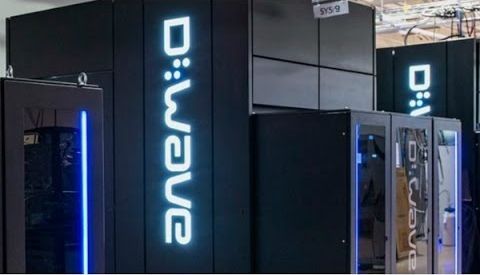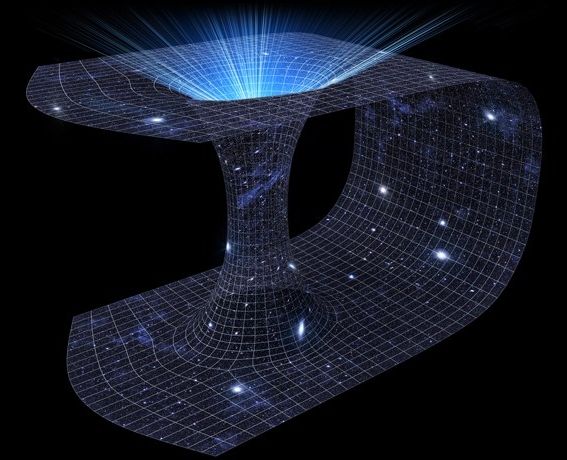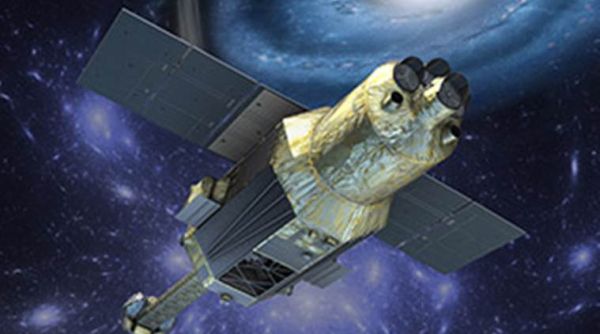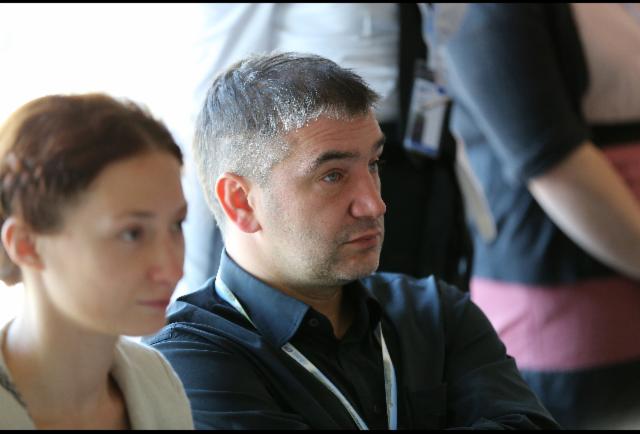Aug 18, 2016
Video: The Coming Quantum Computing Revolution
Posted by Karen Hurst in categories: engineering, finance, quantum physics, supercomputing
https://youtube.com/watch?v=PUlYV–lLAA
In this video, D-Wave Systems Founder Eric Ladizinsky presents: The Coming Quantum Computing Revolution.
“Despite the incredible power of today’s supercomputers, there are many complex computing problems that can’t be addressed by conventional systems. Our need to better understand everything, from the universe to our own DNA, leads us to seek new approaches to answer the most difficult questions. While we are only at the beginning of this journey, quantum computing has the potential to help solve some of the most complex technical, commercial, scientific, and national defense problems that organizations face. We expect that quantum computing will lead to breakthroughs in science, engineering, modeling and simulation, financial analysis, optimization, logistics, and national defense applications.”
Continue reading “Video: The Coming Quantum Computing Revolution” »
















